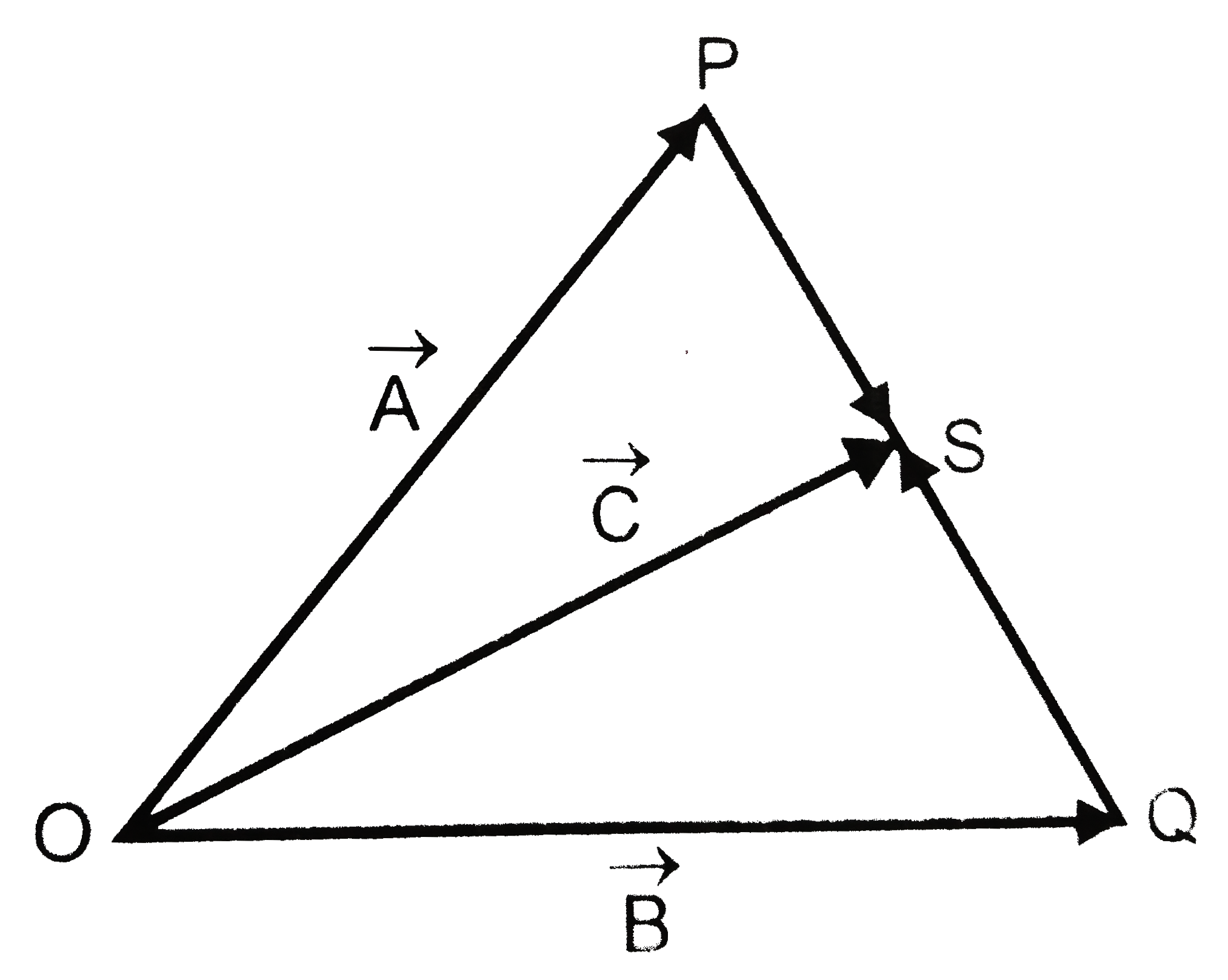Are the magnitude and direction fo (→A−→B) .
same as that of (→B−→A) ?
Step by step video solution for Are the magnitude and direction fo (vec A-vec B) . same as that of (vec B-vec A) ? by Physics experts to help you in doubts & scoring excellent marks in Class 11 exams.
Topper's Solved these Questions
- BOOK - SL ARORACHAPTER - Motion in a PlaneEXERCISE - Example111videos
Motion in a Plane
- BOOK - SL ARORACHAPTER - Motion in a PlaneEXERCISE - Excercise397videos
Motion in a Plane
- BOOK - SL ARORACHAPTER - MECHANICSEXERCISE - Exercise341videos
MECHANICS
- BOOK - SL ARORACHAPTER - MOTION IN ONE DIMENSIONEXERCISE - problems for self practice66videos
MOTION IN ONE DIMENSION
Similar Questions
Knowledge Check
- Question 1 - Select One
Two vectors →A and →B have equal magnitudes. If magnitude of →A−→B is equal to (n) times the magnitude of →A−→B, then angle between →A and →B is ?
Acos−1(n−1n−1)Bcos−1(n2−1n2+1)Ccos−1(n−1n−1)Dcos−1(n2−1n2+1) - Question 2 - Select One
The resultant of two vectors →Aand→B is perpendicular to the vector →A and its magnitude is equal to half the magnitude of vector →B. What is the angle between →Aand→B ?
A30∘B45∘C150∘D120∘
Two vectors vec A and vec B have equal magnitudes.The magnitude of (vec A+vec B) is 'n' times the magnitude of (vec A-vec B).The angle between vec A and vec B is:
View SolutionTwo vectors →Aand→B have equal magnitudes.If magnitude of (→A+→B) is equal to n times of the magnitude of (→A−→B) then the angle between →Aand→B is :-
View SolutionGive →A+→B+→C+→D =0,whichofthefollow∈gstatementsarecorrect?<br>(a) vec A, vec B ,vec C abd vec Cμsteachbeaνll→−−→r.<br>(b)Themagnitudeof ( vec A + vec C)equalsthemagnitudeof ( vec B + vec D0.<Br>(c)Themagnitudeof vec Acan≠verbegreaterthanthe∑ofthemagnitudeof vec B , vec C and→D.
( d) →B+→C must lie in the plance of →A+→D.if→Aand→D are not colliner and in the line of →A and →D, if they are collinear.View SolutionThe three vectors →A,→Band→C are repesented in magnitude and direction by −−−−−−−→OP,−−→OQ, show that (S) is the mid point of (PQ).
 . View Solution
. View SolutionTwo vectors →A and →B have precisely equal magnitudes. For the magnitude of →A+→B to be larger than the magnitude of →A−→B by a factor of n, what must be the angle between them?
View SolutionFind the unit vector in the direction of the vector →a+→bif→a=→i+2→j+3→kand→b=2→i+3→j+5→k.
View Solution

